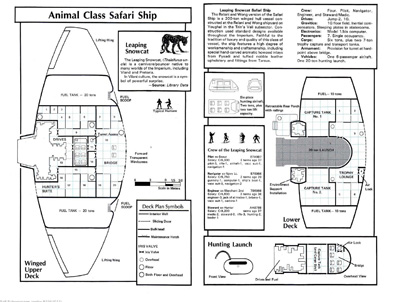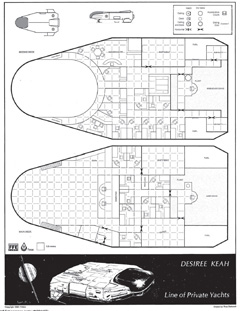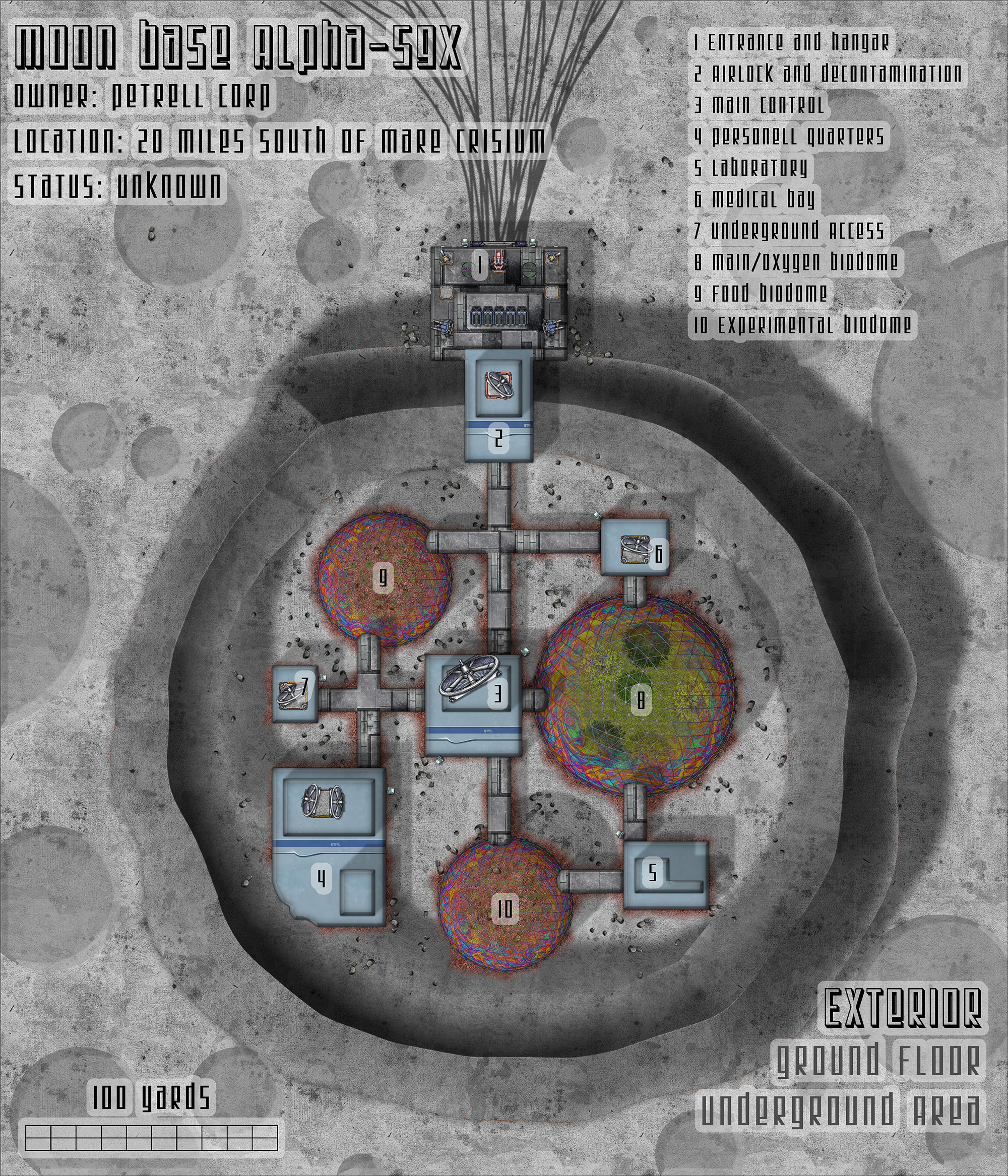
So, I tend to design on a bright, simple background so I can see tiles the best. For example, you can change the background anytime. There are some nuances you pick up through use.

I like the app’s tile manipulation a lot. Think of it like Wizards’ D&D Tiles but on the iPad. Lay tiles beside each other to form bigger entities, like long, twisty tunnels.

You select your desired tile and lay it on the map. This means you have a number of graphical objects to choose from, such as straight tunnel, turning tunnel, T split tunnel and so on. You draw tile-based maps with Cartographer. With Cartographer, I can map locations out using my favourite computational device in fairly quick fashion and produce great-looking designs. RPG Cartographer is brought to us by Brad Talton Jr., the same whiz who created my favourite iPad RPG app – DM Toolkit. While I’m using the Riddleport map from Paizo, other maps I need to draw up myself. Which brings us to RPG Cartographer for the iPad. So, like my peppers, my campaign has a tasty and satisfying home grown feel.

This is different from recent campaigns where I used pretty much 100% published materials. Everything else, though, I am either designing myself, or the group designs collaboratively. They give us the sandbox borders in which to play. The rules (Pathfinder), the world (Golarion) and the city (Riddleport) are all based on Paizo products. A minor theme in my Riddleport campaign is handling most of the creation ourselves, as a group.

They came from the first garden I’ve had in about a decade, and the first garden veggies we’ve grown since moving to Edmonton. I took the picture to the right last night just before we ate them. Like growing your own food, creating your own maps is rewarding


 0 kommentar(er)
0 kommentar(er)
